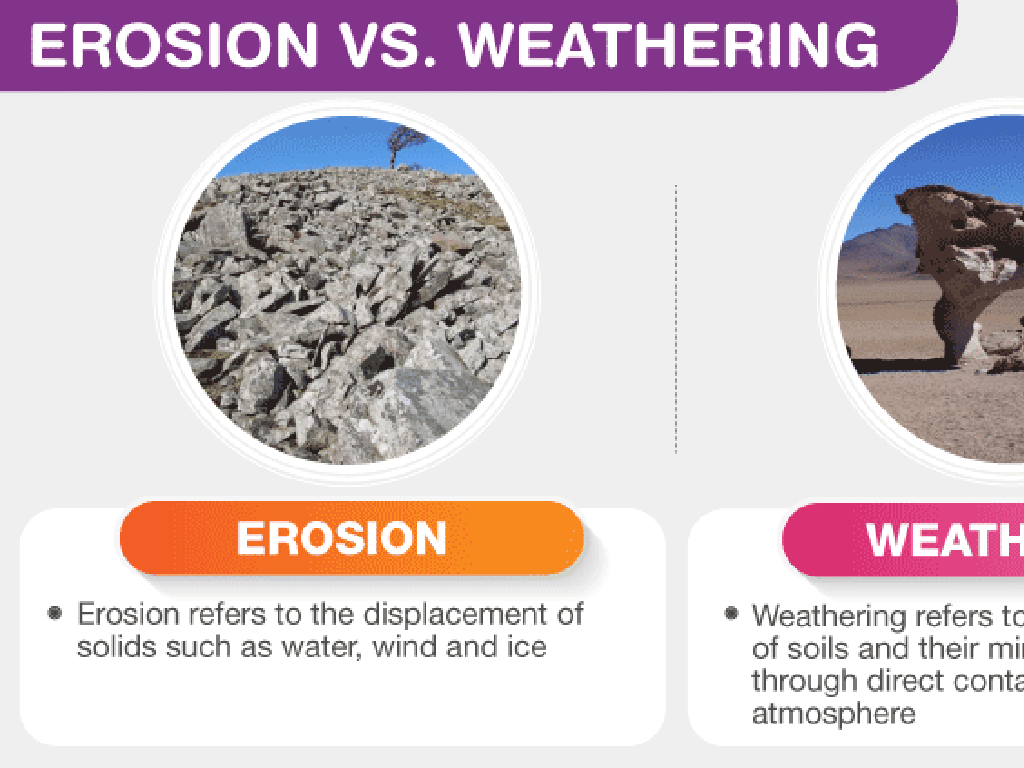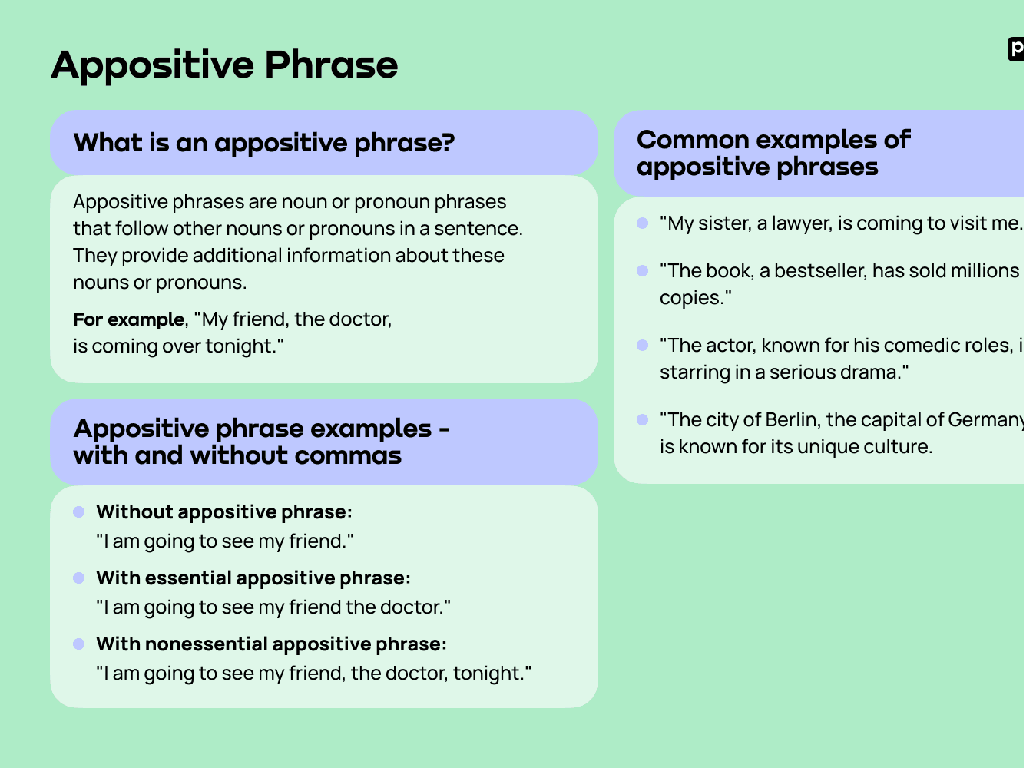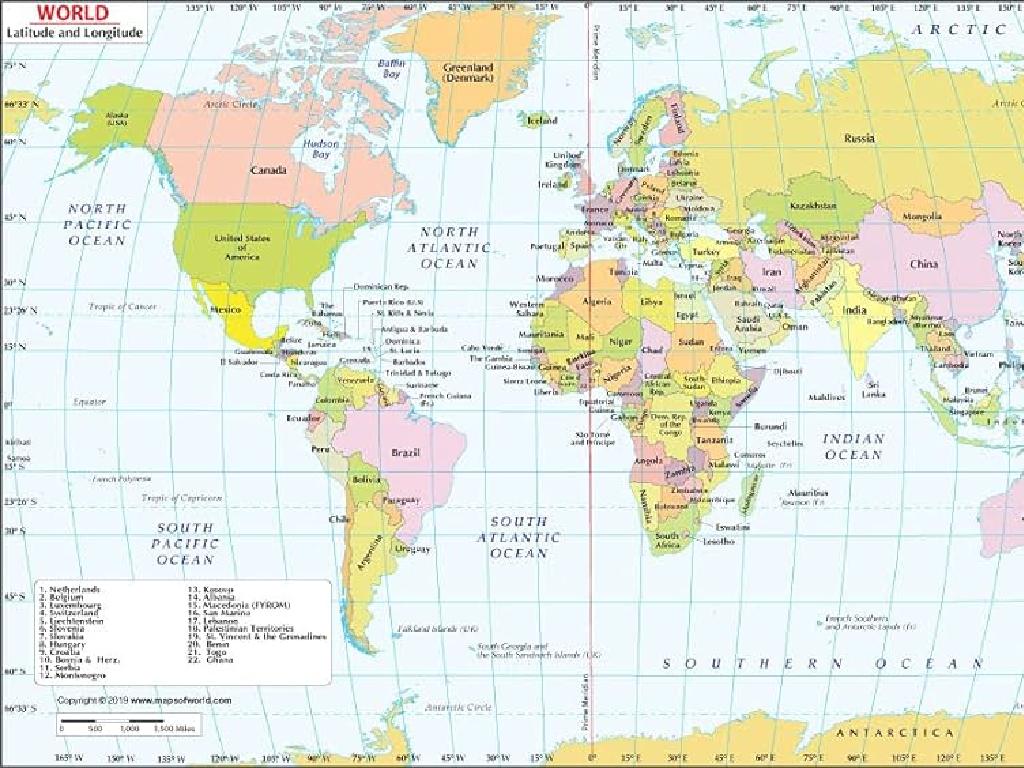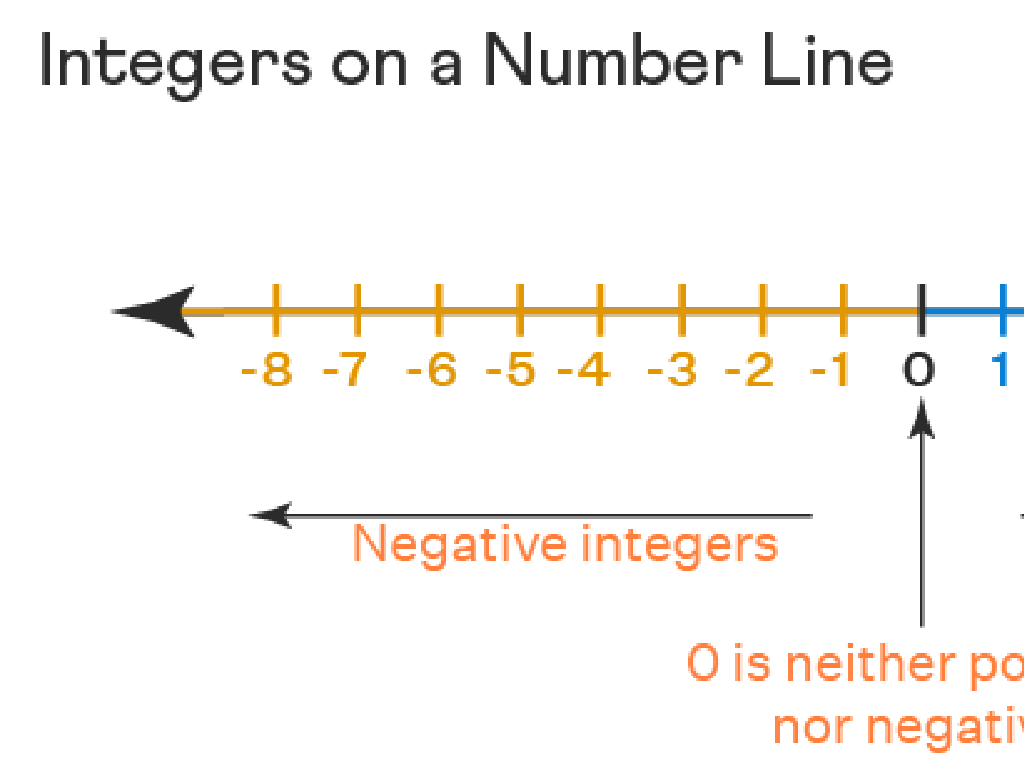Relate Addition And Multiplication For Equal Groups
Subject: Math
Grade: Third grade
Topic: Understand Multiplication
Please LOG IN to download the presentation. Access is available to registered users only.
View More Content
Welcome to Multiplication!
– Multiplication is repeated addition
– If you have 4 groups of 3 apples, that’s 3+3+3+3 or 4 times 3
– Multiplication and addition connection
– Adding the same number over and over? Multiply instead!
– Equal groups make multiplication easy
– 2 groups of 5 is 2×5. Each group has the same number of items
– Let’s find groups of the same size
|
This slide introduces the concept of multiplication as a form of repeated addition, which is a foundational understanding for third graders. Emphasize that multiplication is a shortcut for adding the same number multiple times. Use visual aids like objects or drawings to show equal groups and how these groups relate to multiplication problems. Encourage students to think of real-life scenarios where they see equal groups, such as packs of crayons or sets of chairs, to make the concept relatable. The goal is for students to recognize patterns and use multiplication as an efficient way to add equal groups.
Understanding Multiplication
– Multiplication: repeated addition
– If you have 3 groups with 2 apples in each, that’s 2 apples + 2 apples + 2 apples.
– Example with apples
– 3 groups of 2 apples can be written as 2 + 2 + 2 or 3 × 2.
– Introducing the ‘×’ symbol
– The ‘×’ symbol is a quick way to show how many times to add a number.
– Practice with different items
– Let’s try using toys or pencils to make other groups and multiply.
|
This slide introduces the concept of multiplication as repeated addition, which is a foundational skill in understanding how multiplication works. Start by explaining that when we have several groups of the same number of items, we can add that number repeatedly. Use the example of apples to illustrate this point, showing visually how 3 groups of 2 apples is the same as adding 2 apples together three times. Introduce the multiplication symbol ‘×’ as a shortcut for repeated addition. Encourage students to practice this concept by grouping classroom items like toys or pencils and writing out the addition and multiplication expressions. This hands-on activity will help solidify their understanding of multiplication as repeated addition.
Creating Equal Groups
– Understanding equal groups
– Groups with the same number of objects
– Examples with various items
– E.g., 3 groups of 4 apples, 4 groups of 3 pencils
– Equal groups have same items
– Each group must have the same count
– Connecting addition to multiplication
|
This slide introduces the concept of equal groups as a foundation for understanding multiplication. Start by explaining that equal groups contain the same number of items, which is a key concept in multiplication. Show visual examples with different items, such as apples or pencils, to illustrate the idea of equal groups. Emphasize that for groups to be equal, they must have the same number of items in each group. Connect this concept to addition by showing that adding the same number repeatedly is the same as multiplying. For instance, 4 apples + 4 apples + 4 apples (3 groups of 4) is the same as 3 times 4 apples. Encourage students to create their own examples of equal groups with classroom materials or drawings.
Relating Addition to Multiplication
– Turn addition into multiplication
– Equal addends become groups
– Groups of the same number show multiplication
– Example: 4 + 4 + 4 = 3 × 4
– 4 added 3 times is 3 groups of 4
– Practice with different numbers
– Try converting 5 + 5 + 5 or 2 + 2 + 2 + 2
|
This slide introduces the concept of converting repeated addition into multiplication, which is a foundational skill in understanding multiplication. Start by explaining that when we have the same number added several times, we can express this as multiplication. The number of times the number is added represents the number of groups, and the number itself represents the number of items in each group. Use the example provided to illustrate this point, and then engage the class in practicing this skill with different numbers. Encourage students to think about real-life scenarios where this might apply, such as counting wheels on cars or legs on chairs. Provide guidance and support as they work through several examples.
Multiplication Vocabulary
– Introduction to factors
– Factors: numbers we multiply
– If we have 2 groups of 4 apples, factors are 2 and 4
– Understanding the product
– Product: multiplication result
– Multiplying 2 (groups) by 4 (apples) gives us 8, the product
|
This slide introduces the basic vocabulary of multiplication to the students. Start by explaining that factors are the numbers that we multiply together. For example, if we have 2 groups of 4 apples, 2 and 4 are the factors. The product is the result we get after multiplication. So, when we multiply 2 by 4, we get 8, which is the product. Use simple, relatable examples to help students grasp these concepts. Encourage them to think of multiplication as adding equal groups together. This foundational understanding will help them as they begin to learn multiplication tables and solve multiplication problems.
Let’s Practice Together: Visualizing Multiplication
– Solve problems as a class
– Use objects or drawings
– Visual aids help understand groups
– Explain your thinking
– Share how you figured out the answer
– Multiplication as repeated addition
– For example, 3 groups of 4 is 4+4+4
|
This slide is designed for an interactive class activity to reinforce the concept of multiplication as repeated addition. Start by working through problems together, using objects like counters or drawings to represent groups. Encourage students to visualize the multiplication problems and to use these visual aids to find the solution. Ask students to explain their thought process, which will help solidify their understanding and allow them to articulate the concept. Emphasize that multiplication is just adding the same number several times, and provide examples such as ‘3 groups of 4 is the same as 4+4+4’. Prepare different sets of objects or drawings for students to work with and have a variety of practice problems ready for them to solve.
Multiplication Games: Learning Together!
– Play interactive multiplication games
– Online or board games that teach multiplication
– Engage in group multiplication activities
– Use objects to form groups and multiply
– Teamwork makes learning multiplication fun
– Work in pairs or small teams to solve problems
– Discuss and help each other understand
– Share strategies and solutions with the class
|
This slide introduces interactive and collaborative multiplication games designed to help third graders understand the concept of multiplication through equal groups. The teacher should facilitate group activities where students can use physical objects to create equal groups and apply multiplication to find totals. Encouraging teamwork allows students to discuss their thought processes and learn from one another. The teacher should prepare a list of games and activities that promote this collaborative learning environment. Possible activities include online multiplication games, board games, or hands-on group exercises with counters or other manipulatives. The goal is to make learning multiplication an engaging and social experience.
Class Activity: Group Multiplication
– Divide into small groups
– Create equal groups with objects
– Use items like pencils or blocks to make groups
– Write multiplication sentences
– If you have 4 groups of 5 blocks, write: 4 x 5
– Discuss findings with the class
|
This activity is designed to help students visualize multiplication as repeated addition. By dividing the class into small groups, students can collaborate and use tangible objects like blocks or pencils to form equal groups, reinforcing the concept of multiplication. Each group should then translate their physical groups into multiplication sentences, which helps in understanding how multiplication represents the total number of items. After writing their sentences, encourage groups to share their findings with the class to foster discussion and reinforce learning. Possible variations of the activity could include using different objects, creating groups of varying sizes, or challenging students to find multiple ways to group the same number of items.
Homework and Wrap-up: Equal Groups
– Review lesson’s key points
– Homework: Practice problems
– Solve multiplication problems using addition of equal groups
– Ask questions if unsure
– It’s okay to be curious! No question is too small.
– Extra help is available
– Reach out for more examples or explanations if needed.
|
As we conclude today’s lesson on relating addition to multiplication for equal groups, it’s important to recap the main concepts. Ensure students understand that multiplication is a shortcut for adding the same number multiple times. For homework, assign problems that require students to use both addition and multiplication to solve equal group scenarios. Encourage them to ask questions about anything they may find confusing. Let them know that additional help is available, and they can reach out for further clarification or more practice problems. This will reinforce their understanding and prepare them for the next lesson.






